Description
Publication date: 2021
Editorial :
Karim Basbous
Read moreThis issue of Le Visiteur wagers alongside Foucault that knowledge is bound up with pleasure. Architectural projects play into this hypothesis: drawing buildings is an activity that makes us forget the burden of the hours passing as we produce knowledge. This knowledge of lines, measurements, and materials has not always been crystallised; its extent remains difficult to map and it has been transmitted in a range of forms. Such knowledge—universal yet rooted in local cultures, specific yet broader than a single trade—lies in the mysterious realm between theory and practice. Yet its boast of spanning science and art is not enough to explain its prestige. It is worth exploring the provenance of this knowledge that treatises once sought to gather, and what has become of it now that artificial intelligence is challenging human thought. Does its development over the past few decades reflect a gradual erosion or a transformation? Do schools still have a role to play? Does research, which claims to take such knowledge as its object, deliver results on the scale of its ambitions? Has the often invoked principle of sustainable development transformed knowledge as much as the building market? These are the questions behind this issue of Le Visiteur—not forgetting the most important point of all: the invention of the plan or section is the first manifestation of this knowledge. Projects for houses have always been testing grounds for new ideas. Mies van der Rohe’s projects established a form of minimalism that generated a following to the cost of practicality, as if a new, modern academicism were replacing that of the Beaux-Arts. Looking back at the difficulties of housing families in fluid Miesian plans, Olivier Gahinet lays the groundwork for a critical reading that calls for further study, particularly on the “illusions” of the plan, strangely reminiscent of those denounced by Le Corbusier’s Towards a New Architecture a century ago. Jean-Pierre Chupin studies one of the twentieth century’s great thinkers, Colin Rowe, before the turn of the 1970s made architectural theory the field of application of concepts imported from philosophy. All forms of knowledge imply methods: in architecture, comparative studies are one such, which the author of Mathematics of the Ideal Villa drew on in a close-knit combination of history and the theory of architectural form.
While comparative studies may be a scholarly exercise, the analogy is not without risk. This is the focus of Pascal Engel’s article, which explores the multiple aspects of architectural knowledge, differentiating between the architect and the resident. Alessandro Armando and Giovanni Durbiano focus on a similar issue, arguing that the work of criticism cannot come later than the architectural project itself: the architect must critique his own production during the design stage, leading knowledge to avoid its own missteps. The question of “negativity” in architecture is a thorny one, but it does promise a useful key to reading: is there a flip side to knowledge, a sort of reverse thought, that can avoid the quagmire of cynicism and ignorance? If such thought does exist, what stakes does it raise, and who embodies it? Can Onaner’s speculative article sheds (black) light on the oeuvre of Loos and Rossi, while Philippe Potié turns to Mies, Wright, and Eames, to pinpoint the presence of myths.
Architectural knowledge cannot stake a claim in technology to break free from nature, which remains a constant presence, visible or hidden. From ornaments inspired by the plant kingdom to modern bay windows that frame forests like a performance, architecture has always grappled with the reality of living things in both its classical language and radically modern figures. The ancient foundations underpinning the edifice of architectural knowledge may be invisible, but the heritage of Vitruvius stands firm. The knowledge of history’s first recorded architectural theorist is not so much in canons and rules as in postures and methods. Pierre Caye sees Augustus’s architect as a vital contributor to the critique of today’s system of construction: strange though it may seem, the De architectura can be taken as the starting point for diagnosing the crisis in today’s architectural profession. Laurent Salomon studies the same crisis based on the oeuvre of one of the last great builders, Vittorio Gregotti, who before his recent death read architecture as a science on the scale of a territory, making him an heir to Vitruvius. Salomon reads the discourse, injunctions, and codes that architectural practice must now contend with, which transform knowledge into market value as it loses some of its shine. Peter Sloterdijk, author of the Spheres trilogy which presents architecture as one of the envelopes man shrouds himself in to facilitate life, turns to the relationship between the individual and the “milieus” he immerses himself in, material (like the inside of a building), immaterial (like a political regime), psychological, and technological. The critical condition of forms of knowledge raises many questions with architecture as their object or their vantage point to observe the world. The status of knowledge in our societies and its influence on the course of events is what underpins our institutions and, in the final analysis, our social structures.
Translated from the French by Susan Pickford
Chronicle of a Dismembering
Laurent Salomon
Read moreWhat we remember best of the thinking of the late Vittorio Gregotti is his unifying vision. Using his theories as guide, this article casts a critical eye on the actual state of the discipline of architecture, which has been reduced to the status of an accessory by urbanistic approaches that are in fact increasingly less urban. Architecture has been co-opted in some cases to justify the vanities of triumphant capitalism, in others to boost technological approaches that claim to work against global warming—although no one seems ever to question the ultimate purpose of these initiatives. The recent emergence of the “specialist” is both agent and symptom of such alienation. The specialists’ method is to use ecological crisis as a cover for serving, above all else, the interests of a market constantly lusting for new products. This is, in fact, the primary reason for the encouragement of “specializations” by the state, which are then promoted by the building industry and integrated into the curricula of architectural schools. When we have understood that it’s not enough to constantly renew our technological arsenal to save the planet, architecture will once again be able to find its rightful place, thanks to its ability to create, at different scales and with the appropriate tools, useful spaces in an ethical society.
“Architectura est scientia…”
Pierre caye
Read moreVitruvian architecture cannot be reduced to a collection of easily recognized forms or a rigorously encoded ornamental repertoire. Vitruvian architecture is first and foremost a method of building on, or rather over, the world. To be more precise, it is a “science”, as proudly stated in Renaissance architectural theory—an encyclopedic science that mobilizes all forms of knowledge to assert its mastery over the empirical, artisan-led building process; it is an “architectonic science” whose method of conception and design assays a broad range of products and works, far beyond what we would now label “architecture”. This epistemological situation explains Vitruvian architecture’s symbolic dominance of the practical realm in the humanist and classical ages. Yet the humanist architect’s scientific prerogatives have now passed into the hands of engineers and building consultants, following an entirely different understanding of forms of knowledge and their relationship to the construction of the world. Contemporary architecture nonetheless remains a privileged form of knowledge, still more sovereign than the science of the Ancients, a transcendental body of knowledge, the understanding of time and space on which the entirety of human praxis is built.
Architecture in the Spirit of the Times
Philippe Potié
Read moreNow that nature’s own time-frame has become an essential dimension of culture, architecture—heir to a philosophy developed around twentieth-century notions of technique—is having difficulty inventing new exemplars. This article suggests that new perceptions of time will favor the emergence of models embodying the culture/nature duality that underpins our imaginative faculty, as demonstrated by Claude Lévi-Strauss. Architecture could then transcend the contradictory directive to preserve nature yet to erect more buildings, and could rediscover the dialogue between Apollo and Dionysius, or between Prometheus and Demeter, by reconceptualizing the relationship of building to garden and structure to ornament. A multiple, less rigid temporality seems to be unfolding, allowing for a freer staging of an aesthetics of contrasts, tolerating the emergence of a history that views early post-modernist efforts and ecological experiments from the same perspective. If architecture is posited as a staging of time, then cultural nostalgia and high-tech performance, like deconstructivist expressionism and minimalist purity, can act in the same play in the same theater, where times are regained.
On Negativity in Architecture
Can onaner
Read moreWhenever architecture seeks to be indeterminate, alternative or marginal, neoliberalism finds ways of making a profit from it. Whenever architecture is defined by a will to heteronomy, by way of ecological, economic or social dependence, it runs the risk of disappearing under the weight of the forces that condition it from outside. Conversely, if it lays claim to the fundamental autonomy of its disciplines, on the basis of a spatial and architectonic culture, then architecture finds itself dealing with the opposite pitfall: that of becoming confined in a small inner circle with no great audience, overtaken by economic forces that have little to fear from this illusion of autonomy. As a mode of thought and way of narrating the world, does not architecture once again have need of critical negativity in order to avoid becoming outdated or disappearing? By offering a short account of negativity in architecture, as represented by the figures Adolf Loos, Aldo Rossi and Andrea Branzi, this article sets out to shed light on the many issues at stake in the transition from modernity to the postmodern condition, by distinguishing three aspects of negativity: the existential, the esthetic and the political. We will see that in going from ambiguity to radicality, and then from radicality to neutrality, negativity has lost its critical power. That is why I argue in favor of a return to ambiguity and to negative autonomy as mode of existence—that of a Bartleby: “ I would prefer not to.” Between the cruelty of forms and the revolt of the crowds, between movements outside of time and ephemeral events, between the autonomy of architectural theory and the heteronomy of its modes of production, negativity will consist in constituting opposing forces between which subjects can orient themselves and move.
The Mystery of the Additional Bedroom
Olivier Gahinet
Read moreArchitecture, like painting, entails non-verbal knowledge. That shouldn’t prevent writers from discussing it, but they usually prefer to talk about painting, which is a fairly “private” art, rather than architecture, even though the latter is “public.” Ironically, this lack of interest helps us to understand architecture. There is something very specific about it that resists language, commentary, and elucidation—it cannot be glossed. This something, which remains after all has been said, is the true skill of architects, their “projective” knowledge. Like painters, architects converse with each other over the centuries. This conversation helps us to define projective knowledge. In so doing this essay will retrace the projective fate—analogous to the critical fate—of a project for which there survive only poor photos of two lost drawings, namely Mies van der Rohe’s 1923 design of a brick house. It will simultaneously attempt to answer the highly important question asked by every architect who has designed a house: where do the bedrooms go?
What Architecture knows (Colin Rowe, Pioneer of Comparatism)
Jean-Pierre Chupin
Read moreThe Addendum that Colin Rowe wrote in 1973 for the new edition of Mathematics of the Ideal Villa brings together, in less than a page, the main terms in the methodological equation that he had never ceased to reformulate in his writings in parallels, analogies, comparisons and also differences. This comparatism is not directed towards mere approximations, as art historians will regret, but at a method of architectural analysis that combines phenomenology of perception and deciphering of form in pairings.
To understand the subtlety of Rowe’s intuitions, methodological clarification can be carried out in several stages. An overview of the origins of the approach is essential, as is a summary of Reyner Banham’s criticisms, today considered as losing their strength in the light of Anthony Vidler’s astute biographical analyses, which confirm Rowe’s interest in methodological questions. This leads to an emphasis on the role of diagrams and visual thinking before concluding with a disparate inventory of statements that confirms a comparatism of differences in the text itself of the 1947 essay. It should also be asked why the subtitle of the original article in Architectural Review was systematically removed in subsequent editions.
For Colin Rowe, the history of architecture is not just a matter of new beginnings, it leaves tangible traces that precede any form of innovation. This intrinsic knowledge – what architecture knows – is most often visible in striking works. For us, this method, which he did not attempt to theorize in later writings, represents the challenge that needs to be taken up.
Architecture as a Knowledge Plan
Pascal Engel
Read moreIt might seem paradoxical to consider architecture as producing and transmitting knowledge, since all knowledge presupposes true representations, while architectural productions are not representations. Furthermore, if architecture is an art, it is a matter for non-cognitive judgments, and architectural productions are widely held to have a utilitarian vocation. Contemporary functionalism approaches architecture in terms of action, experience, and social spaces. This article makes two arguments in favor of architectural cognitivism. The first is that works of architecture are possibilities of action based on the perception of affordances. The second is that these possibilities of action can be associated with conceptual possibilities on the basis of thought experiments. Architecture does not involve bodies of knowledge, but knowledge plans.
Performativeness of Criticism
Alessandro Armando and Giovanni Durbiano
Read moreNobody dares to argue that architect knowledge is not critical knowledge. The criticism of the world is ingrained in the project, which that world aims to transform. But the breadth of the perspective opened by critical awareness is a historical product, changeable over time. For some forty years (at least since the accusation against Italian architects of “Retreat from Modern Architecture”) a certain notion of “critical” knowledge has taken on an increasingly dominant function.
With the crisis of the link assumed by the Modern between architectural language, program of social transformation and ethical horizon, the designer does not act only on the basis of a provision, determined in a certain space and in a certain time; but through the project it opens a discourse on the world, which presupposes other unverifiable spaces and future times. This is the case with what happened in Italy between the fifties and eighties of the last century, when the project is interpreted as the neutral vehicle of a speech developed primarily in the architect’s head. The prevalence of intention thus allows the architect to propose his own “vision of the world”, whose legitimacy, being based on the origin and not on the effects, does not need to be negotiated with anyone, and continuously runs the risk of being self-referential. If, on the other hand, the project is intended as the product of a strategy continually deviated by the instances that the project itself encounters from time to time, then the critical condition loses the aura of thirdness, and enters the game of action as a tool, among others, the performance of the project. Placing critical knowledge within, and not above, practical work allows you to open up a systematic reflection on the power of the project. It involves a shift of attention from the subject-author to the object-project, and allows an analytical and verifiable treatment of the design practices. The design action can in fact be understood as a specific set of skills and powers, straddling technique and politics, bureaucratic and symbolic dimension, forecasting and narration.
Architecture as an Art of Immersion
Peter Sloterdijk
Read moreIf there is any space that may offer a volume for immersion, it is the one afforded by architecture, an art that enables the person who enters it to experience and test the volume surrounding them. But, from the panoramas of the 19th century to our virtual reality goggles today, what have been the consequences of the new modes of vision provided by modernity, of these “artificial” immersions, on the philosophy of architecture? And how have the philosophers of architecture, from Plato to Valéry, framed this issue? That is the question asked by this article, following up on the Spheres trilogy, which retraces the process that lead man from bubble to foam. In particular, it considers the phenomenon of man’s dwelling in the “palace of crystal.” Where does immersion lead us? To what immersion does it lead us? To what degree is architectural immersion also an immersion in the empire? Is architecture, simply by virtue of the fact that it is concerned with immersion, already a form of totalitarianism? It is by referring to Valéry and his Eupalinos that we can entertain a conception of the house as a “diving installation”: a space given form and replacing the original environment, a space, in the end, of voluntary servitude.

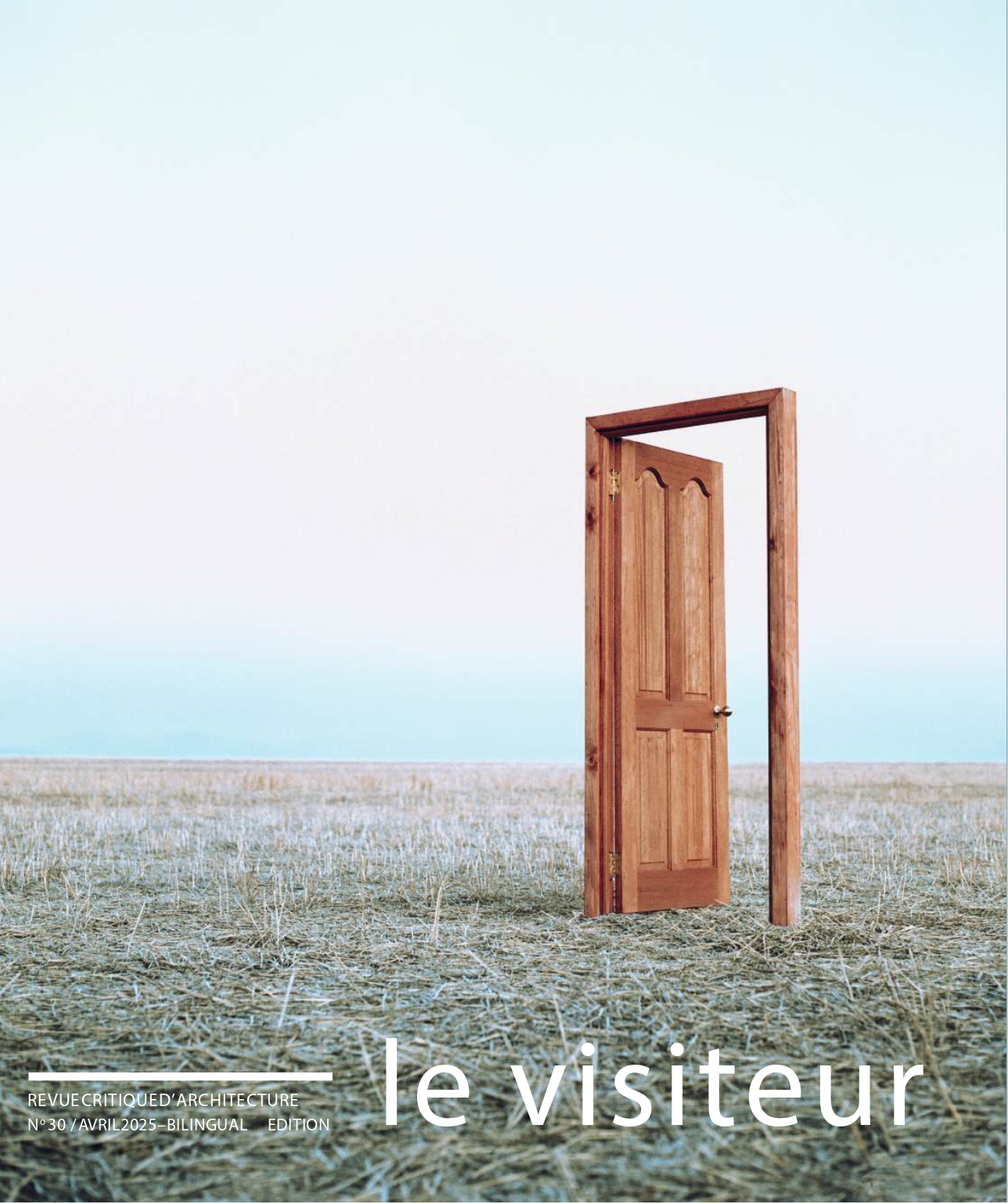
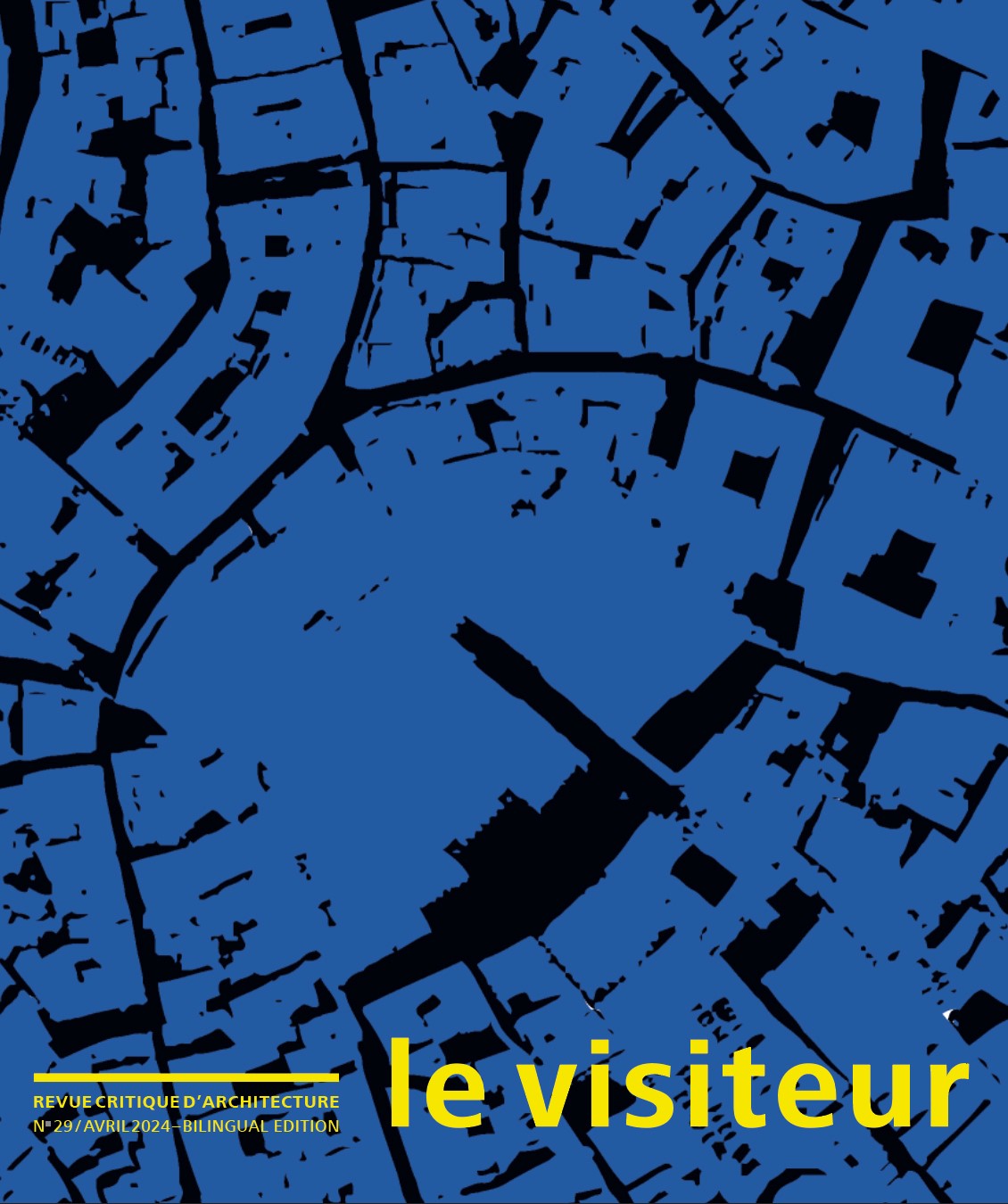
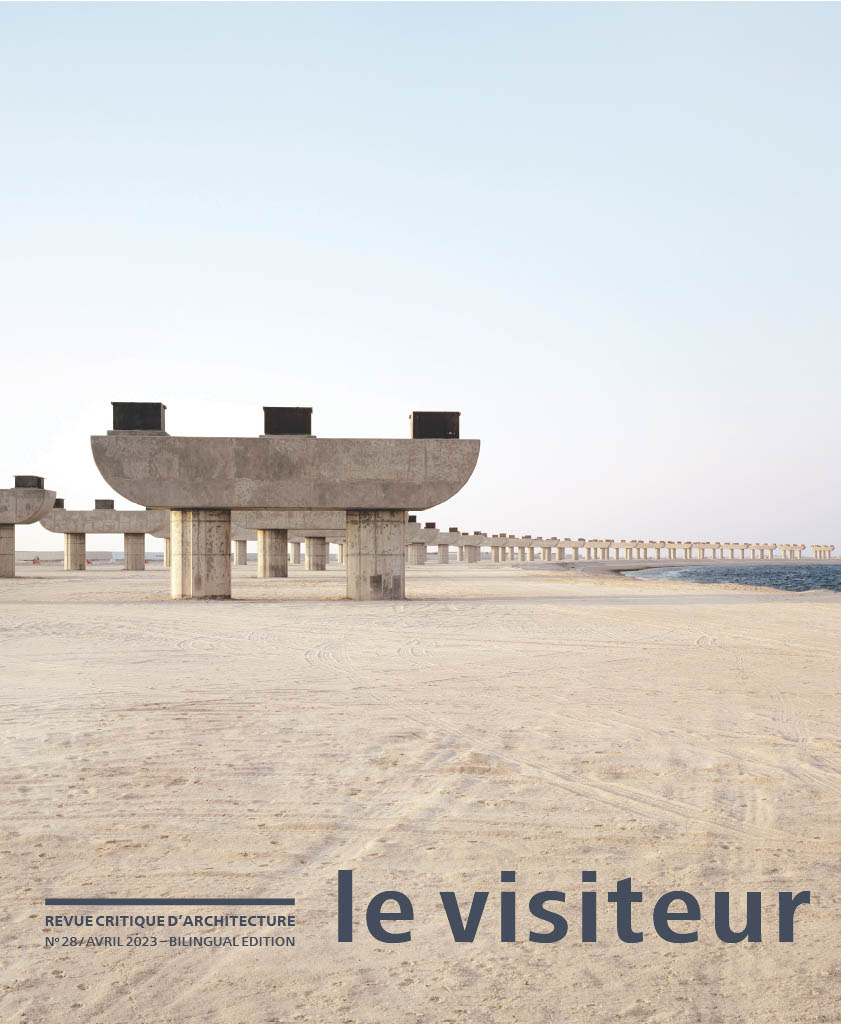
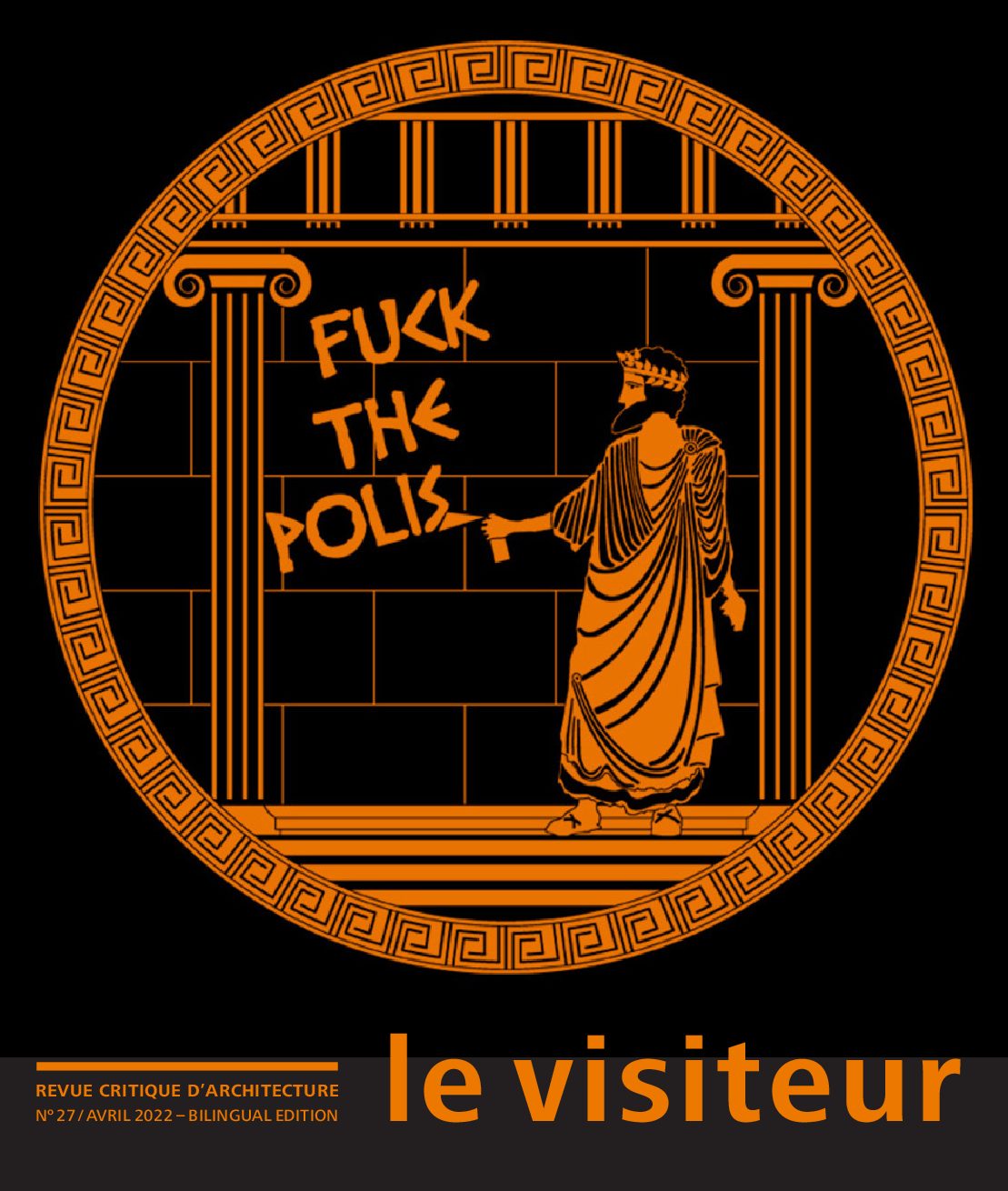
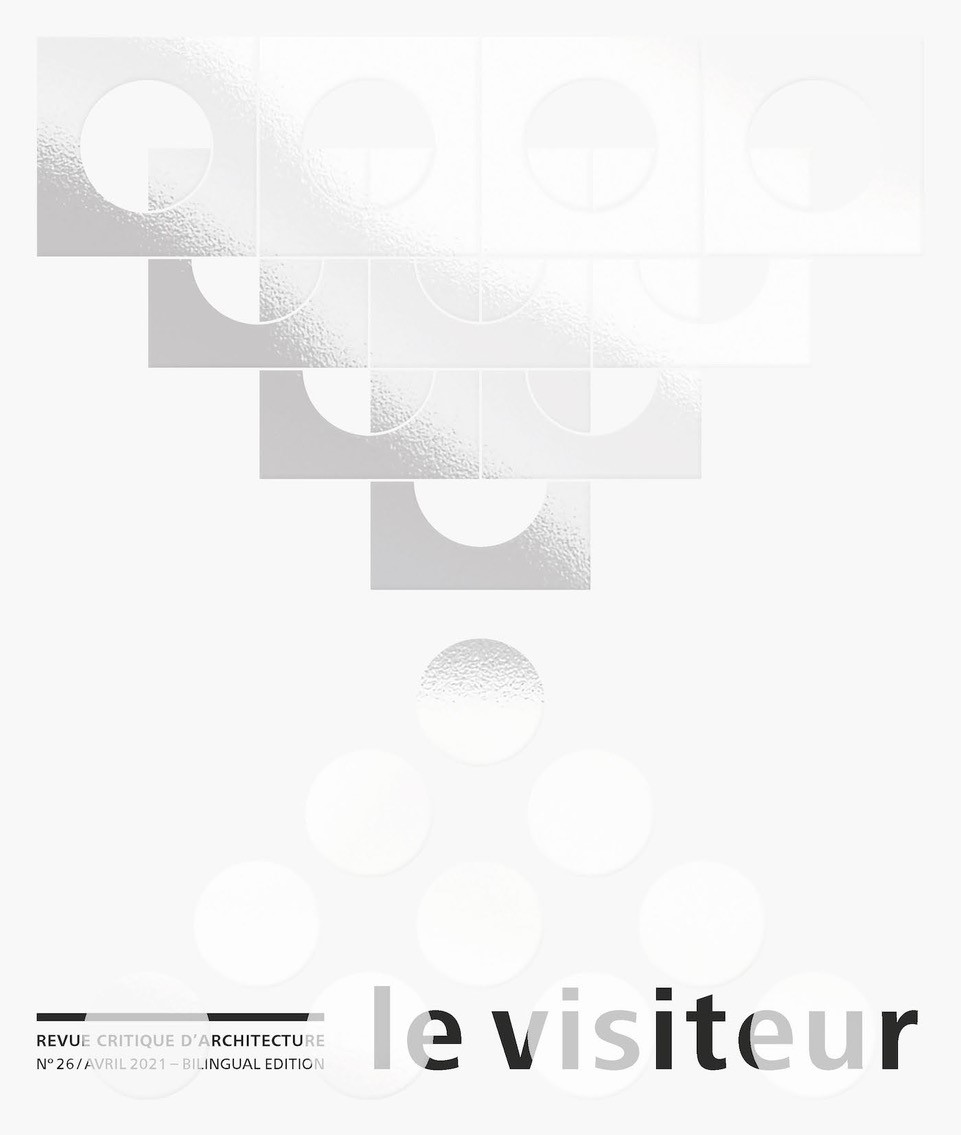
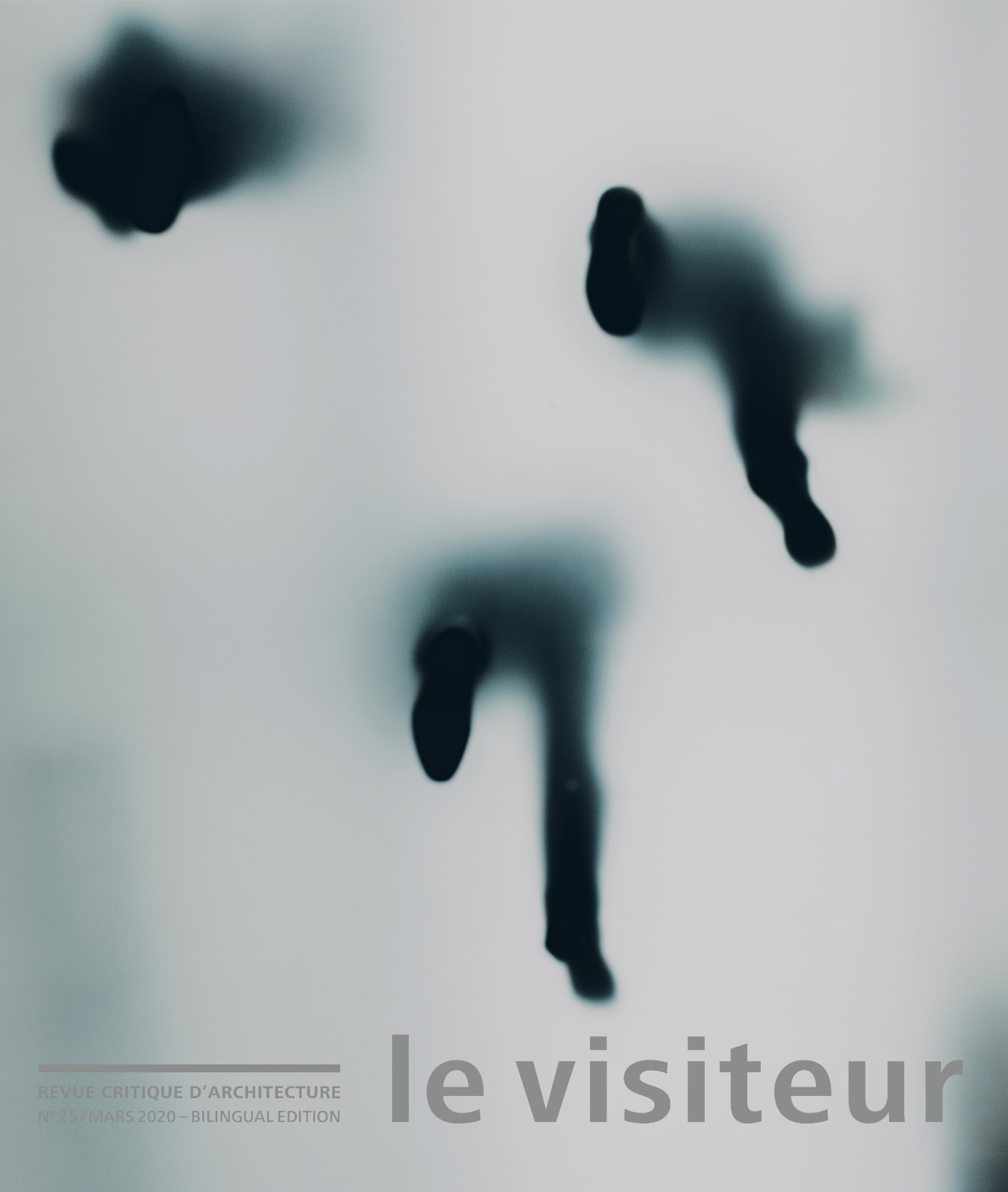


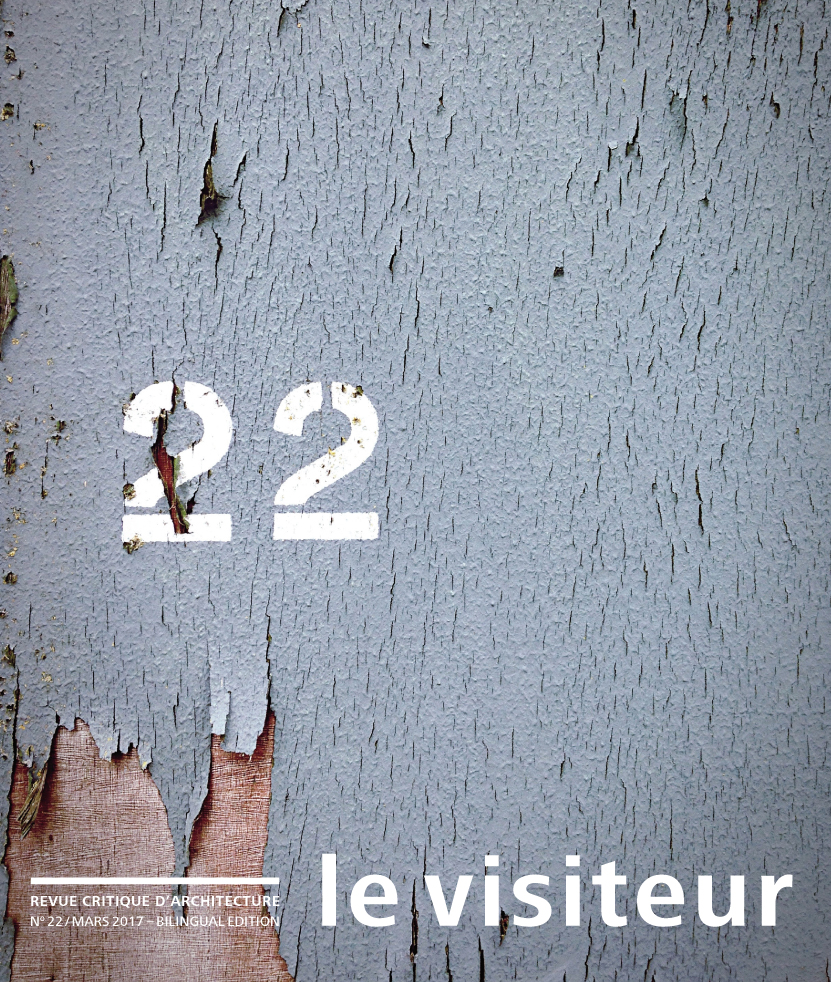

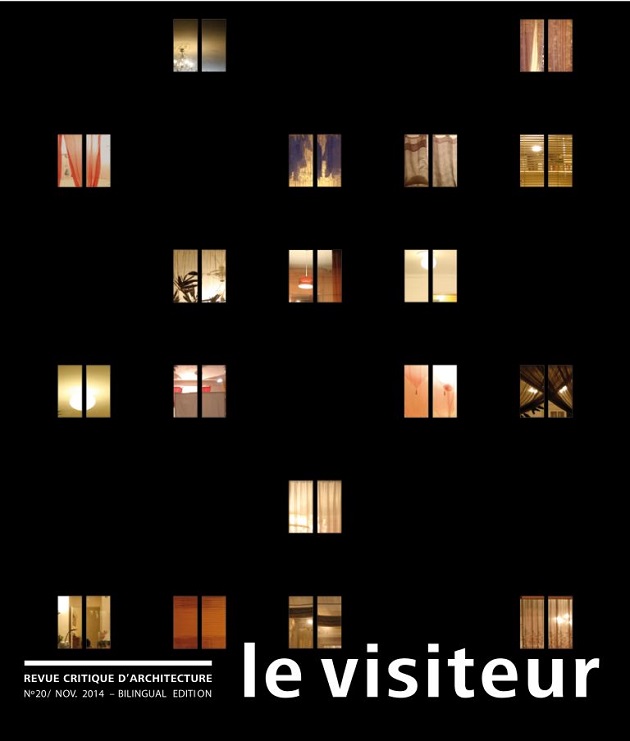
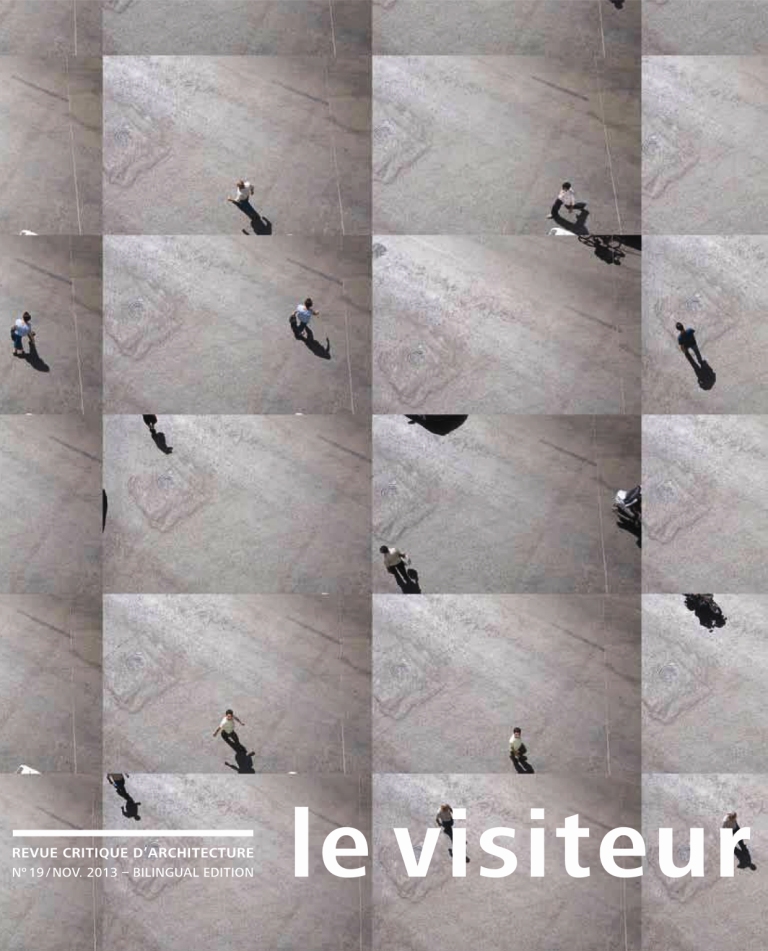

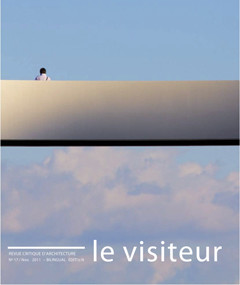

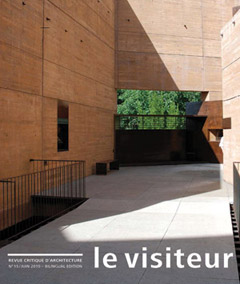
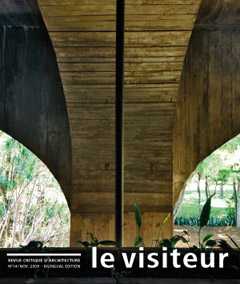
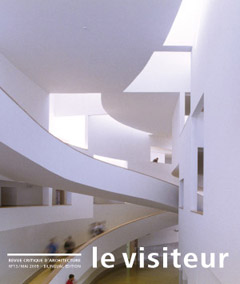
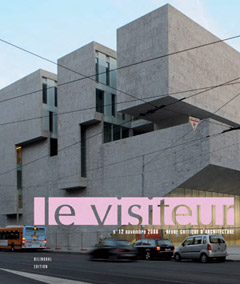


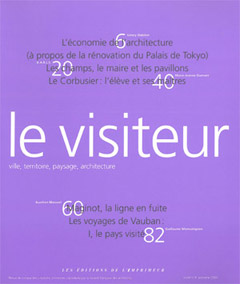
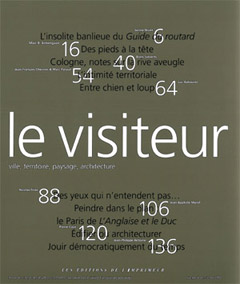







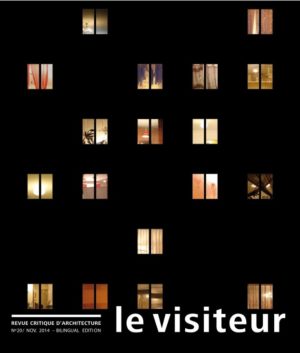
Reviews
There are no reviews yet.